It’s getting harder and harder to know what to believe anymore. But we in the bamboo industry are convinced that Climate Change is not only real but the largest existential threat facing our species today. And of course, we see bamboo as one of the best tools for counteracting that threat. Among its many noble attributes, bamboo has the potential to absorb and store tremendous amounts of carbon dioxide.
With its high metabolism, bamboo is capable of capturing significant quantities of CO2, one of the most important atmospheric factors contributing to the greenhouse effect and global warming. A well-managed and productive bamboo plantation can store this CO2 for long periods and serve as a vital carbon sink, more effectively than most any other crop. Bamboo does this in three different ways, by storing carbon continuously in its roots and biomass, by locking up carbon in durable goods and construction materials, and by replacing other carbon-emitting products like plastic and PVC.
NOTE: This article first appeared in February 2021, most recently updated in March 2024.
Approaching carbon critical
Atmospheric carbon levels have a lot of people feeling anxious these days. That’s because, as of December 2020, the earth’s atmosphere has reached nearly 414 ppm (parts per million) of carbon dioxide. And from what scientists can gather, there hasn’t been that much CO2 in the air since about 15 or 20 million years ago. Not quite the age of the dinosaurs, but it’s within sniffing distance.
After decades of global warnings, public policy and private innovation are finally turning in a more positive direction. Still, our progress is a bit like that of a stegosaurus in a tar pit. And the idea of getting down to 350 ppm is beginning to look like a distant fantasy.
But in the field of renewable resources, bamboo truly stands out. Nothing grows faster than bamboo, and it replaces itself incredibly quickly, requiring minimal agricultural inputs like fertilizers and pesticides. And bamboo can provide us with everything from building materials to fuel to clothing.
One plant won’t save the world on its own, but bamboo is certainly one of the best resources we have at our disposal. We can look at three different ways in which commercial bamboo captures carbon.
Also, take a look at our in-depth article on Growing Bamboo for Carbon Credits.
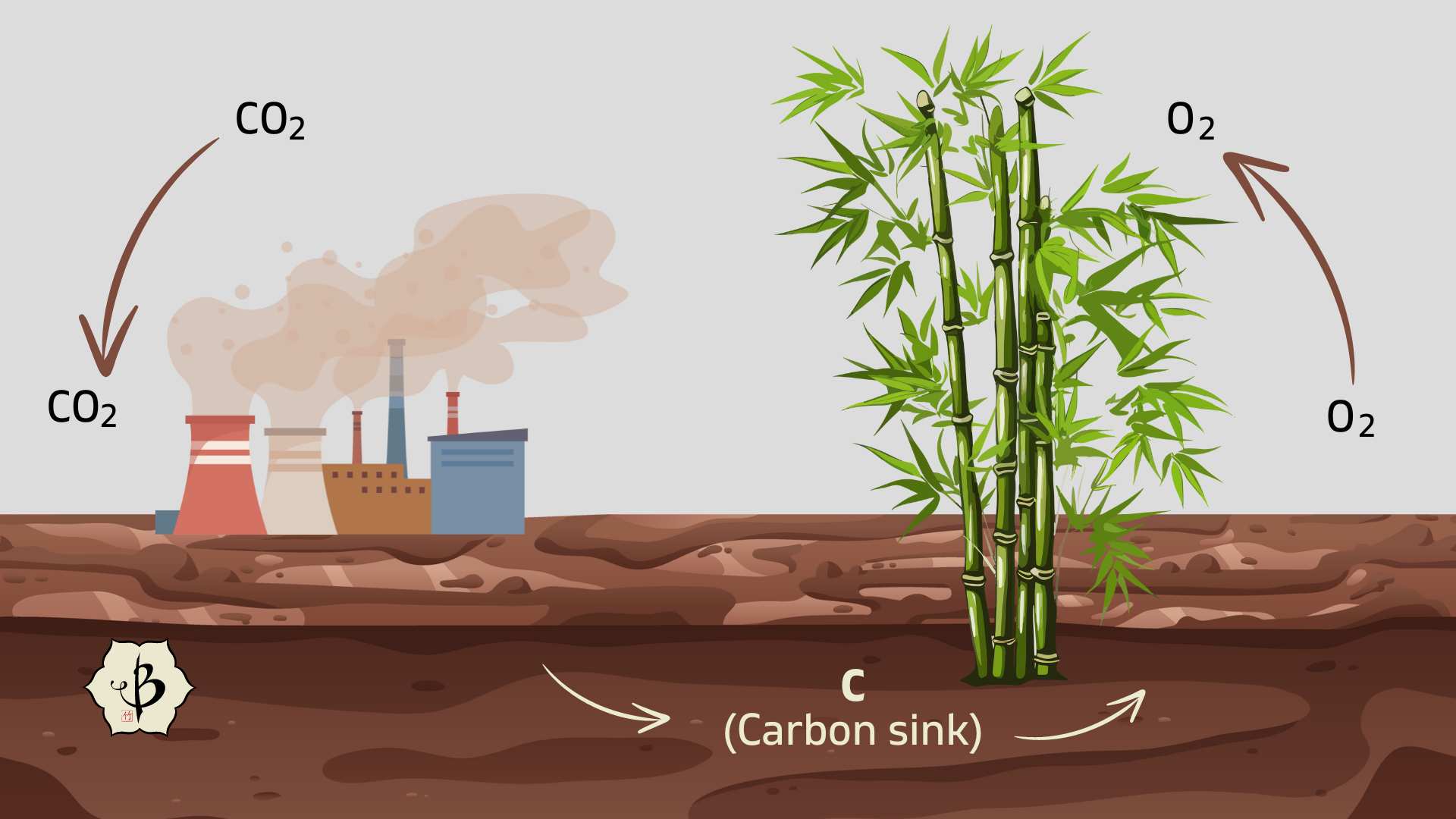
1. Bamboo and environmental carbon
As a grass, bamboo grows completely differently to trees, and these differences are fundamental to its sustainability. While trees take anywhere from 20 to 50 years to mature, a bamboo grove will reach maturity in 5 or 6 years. Once the plant is mature, the new shoots will come up and achieve their full size in a single season. Even those massive timber bamboos, which can easily get 50 or 60 feet tall, grow that high in one season.
It’s an amazing growth rate, and it has a lot to do with why bamboo is able to collect so much CO2, storing the carbon (C) in its roots and biomass and releasing oxygen (O2) back into the atmosphere. But that’s just the start.
These full-sized bamboo culms can be harvested in the first or second year. If you wait too long, they begin to age. And they could even start to dry out and crack. After about 8 to 15 years, depending on the species, the unharvested culms will die and rot. But even as individual culms are harvested (or die), the bamboo itself survives. That means it continues to put up those big shoots, and it continues to store carbon in its extensive root system.
When trees are cut down, the organism dies. And the carbon that had been captured and stored in its roots is all released. Not so with bamboo.
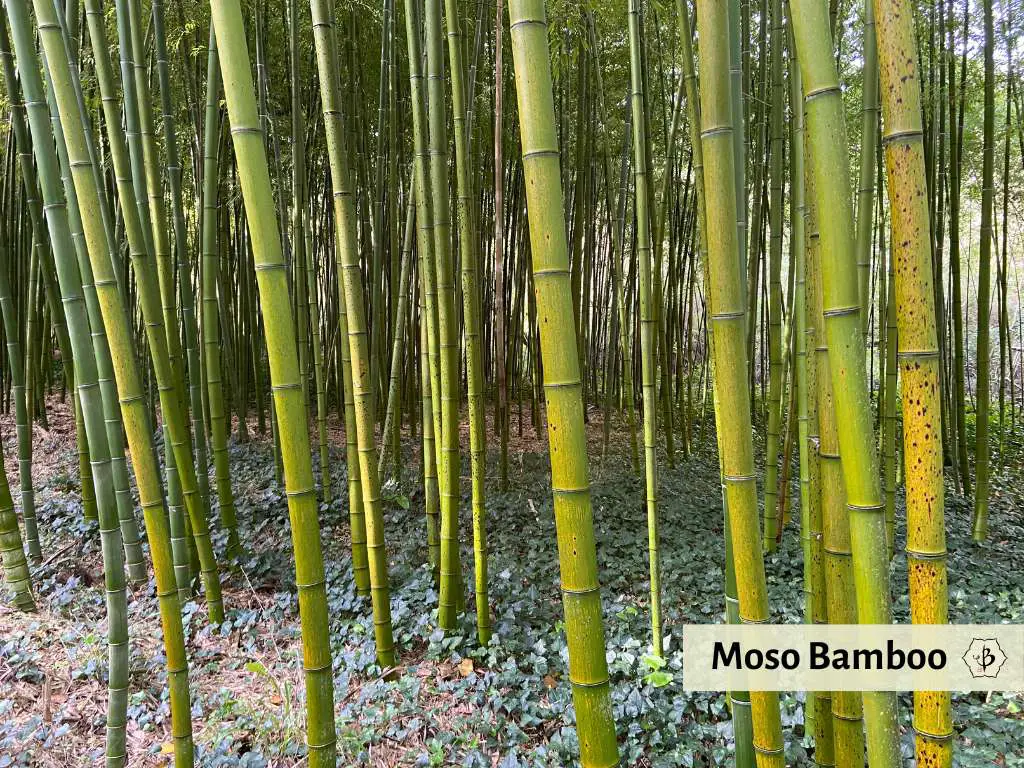
2. Carbon stored in durable bamboo goods
In addition to storing environmental carbon, or total ecosystem carbon, in its roots and biomass, durable products made from bamboo can also store carbon. The plant matter itself contains carbon, and that carbon remains locked up in the organic matter even after the bamboo is made into furniture, building material, or other long-lasting products.
Such durable bamboo goods can last for many years. Ideally, once they’ve lived out their life span, we can recycle those bamboo items into other products, including things like charcoal or particle board. And ultimately, at the end of its life cycle, the bamboo can be burned for fuel. At this point, it would release CO2 and other greenhouse gasses, but it would be acting as a substitute for more carbon-intensive fossil fuels.
3. Bamboo as a replacement for carbon emitters
The third way that bamboo can keep carbon out of the atmosphere is as a replacement for other carbon-emitting products. Every inch of PVC requires petroleum as a raw material, and releases carbon throughout its life cycle. Other conventional construction materials, like steel and concrete, also entail a very carbon-intensive process. Every time we use bamboo instead of one of these materials, we are keeping more carbon out of the atmosphere.
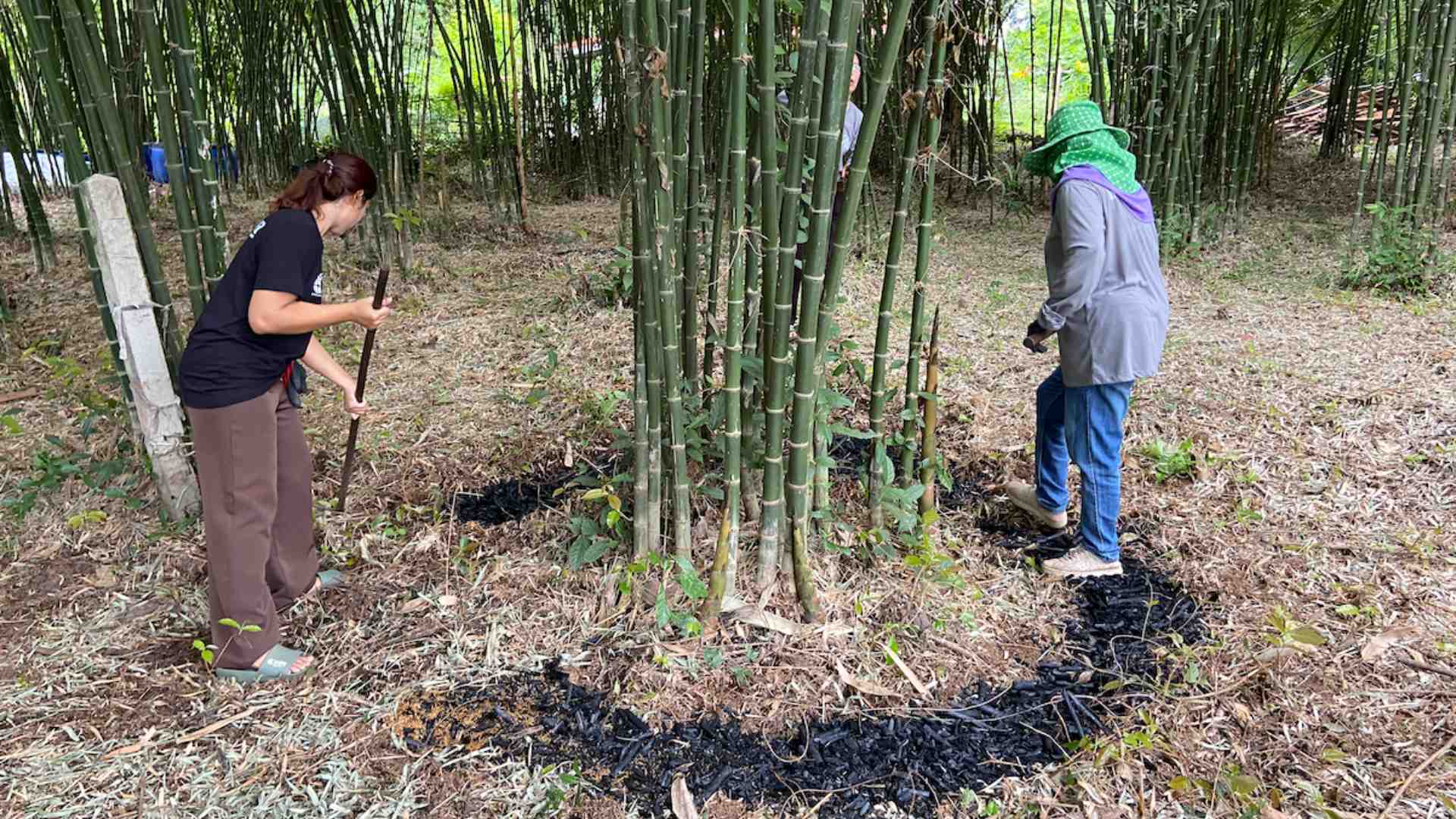
Responsible bamboo farming for maximum carbon capture
The ability to store carbon for extended periods of time, throughout continuous harvesting, is something unique to bamboo. But it’s important to understand that these conditions are specific to bamboo farms that are well-managed in accordance with responsible silviculture practices. Planting a bamboo forest and letting it go wild will not confer the same carbon capturing benefits.
The fast-growing vegetation will produce great quantities of oxygen, it’s true. But as the bamboo culms age, they will gradually begin to rot and release carbon in the process, making the bamboo clump less effective as a carbon sink. It’s essential to harvest the bamboo poles in their prime, in order to keep the carbon sink intact and as beneficial as possible.
Choosing the best place to plant a bamboo farm is also important. Replacing native forests and habitats doesn’t do any good. Anyone who says we should cut everything down and plant bamboo instead, is just talking nonsense. But planting bamboo on abandoned, degraded land makes perfect sense. Bamboo is excellent for erosion control, and it can grow quite well in poor soil, so it’s an ideal crop for unused agricultural land.
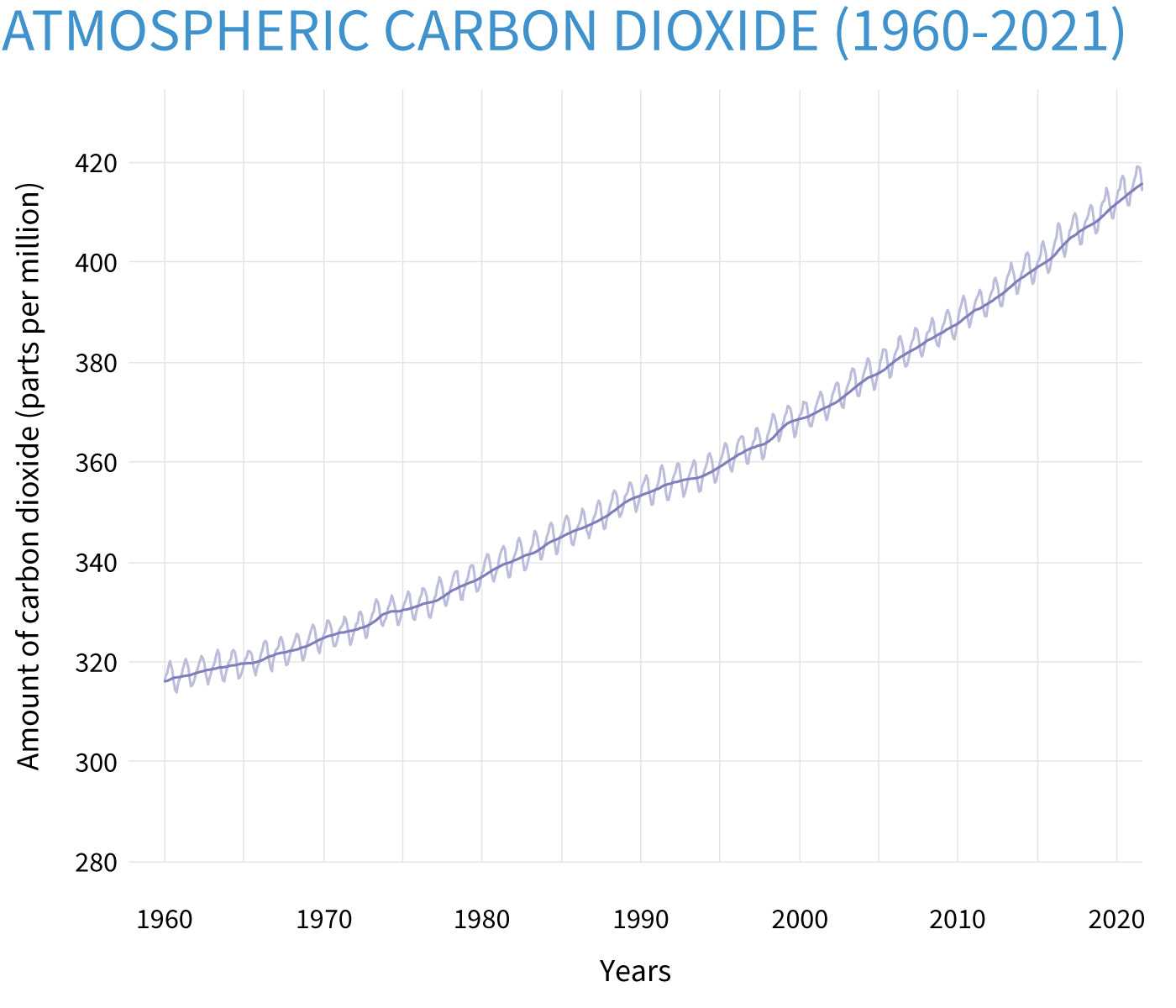
Further reading
If you enjoyed reading about bamboo and its carbon-capturing potential, please consider sharing the article or subscribing to the blog. You might also take a look at these related posts.

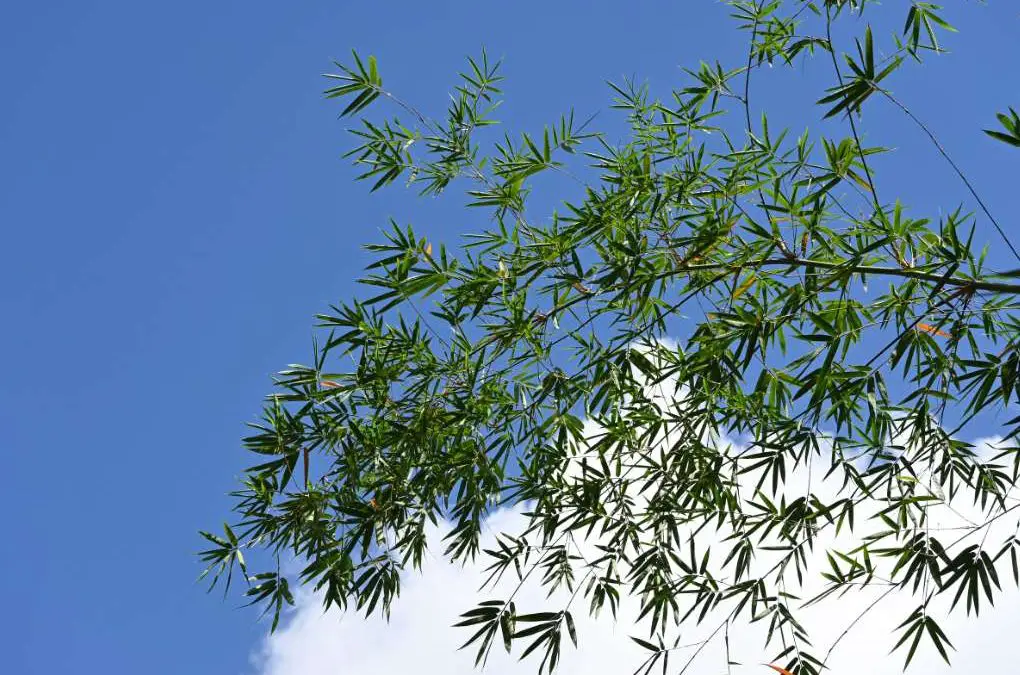
























Not being a scientist, can you explain why when putting a bamboo chop stick into a two liter bottle of ginger ale, that the soda starts to foam up as if it were shaken? I like flat ginger ale for my stomach and use anything to stir up the soda to release the bubbles. In this case, I used a bamboo chopstick because it was long and thin enough to fit into the top of the bottle, I tried it. Before I could even wiggle it around, the bubble in the soda climbed up the chopstick and caused it to overflow with foam.
Wow, that’s mysterious. I’ve never heard of anything like that. My only guess is that the bamboo chopsticks were treated with something that is causing a chemical reaction with the ginger ale.